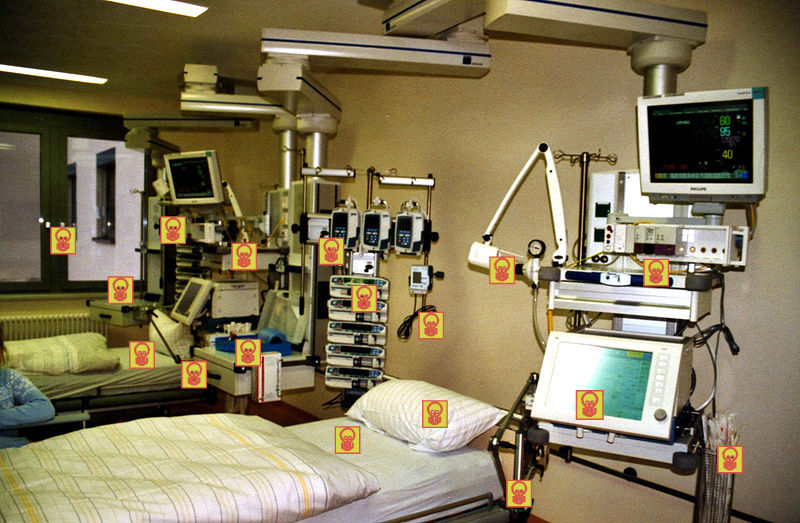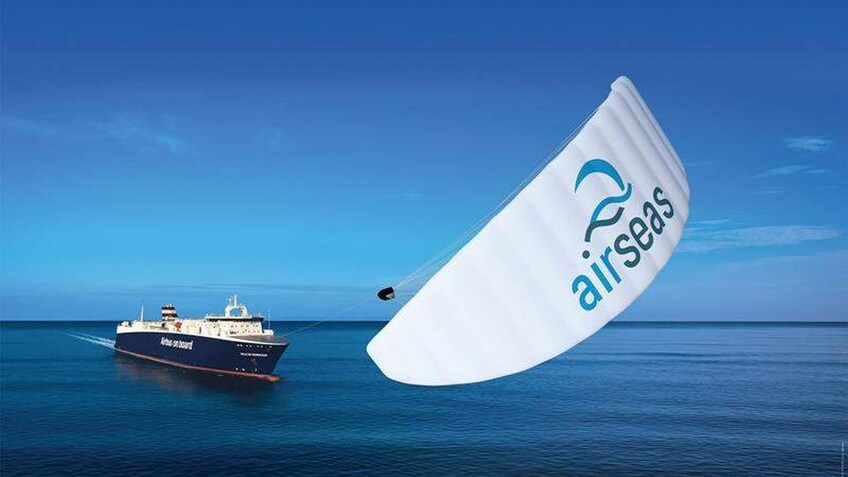An actuator is a device that can deliver and operate solely on its own without any direct linkage. Actuators serve various roles, such as raising and lowering, holding hatch covers, boom control while raising and plummeting the sail, balance in opening and closure of windows, as well as lowering seat positions and hitches. Further, actuators are also used in boat automation to enhance automatic operation of doors and windows. This article explores the main features of underwater linear actuators.
Integrated Motion Control – Configuration is the core controller in most actuators. The configuration can go up to 30 diversified program positions. As a result, a fully integrated control system is achieved, which gives accuracy in production of work. This integration also results in the production of high degrees of acceleration and thrust forces, as well as drive technology that maximizes reliability and performance.
Actuators have a fully integrated motion control system. The control can be as simple as sending an “on” command then a “move to set point” command. Moreover, the actuator may have other advanced control options such as event-based actions in which the actuator seeks up to 30 pre-programmed positions on the basis of analog triggers or timers. Also, it could move from one set point to the other.
Other optional features in the advanced control options include the following: moving to a set point at a constant velocity, creeping to a target set point within several hours, actuator control by either relative or absolute positioning, or by using a PC GUI software to move a slider back and forth.
Working Temperatures – For underwater actuators to work efficiently and effectively, there must be variability of working and storage temperatures. For instance, they can work in a range of -30 to 65C. The wide range of the temperature condition ensures effectiveness.
Metal Construction – The marine and underwater actuators are made of metal. The metallic nature ensures durability as well as the capacity to resist adverse conditions like high pressure in cleaning and maintenance. Stainless steel serves as a lining that protects the actuators against corrosion in the water environment. The corrosion control maintains both efficiency and durability in the marine and underwater actuators. Other actuators are made of aluminum and titanium.
Configurable Tuning Parameters – Tuning can be used to enhance aggressive positions or to slow the ramp rates. This is achieved by adjusting the parameters of the feedback control system as well as the gains that are nested within the PI-P loop.
Energy Efficiency – The actuator’s positioning renders high energy efficiency because they are positioned at the place of requirement and operate upon demand. For instance, some actuators operate in the very deep parts of the ocean. For this reason, they must be long in length and have the ability to move fast.
Highly Configurable Operating Parameters – Actuators have highly configurable parameters designed to respond to the needs of the customer as well as ensure their comfortability.
Compactness and Responsiveness – The body of the actuator is oil filled, which keeps a balance between the internal and external pressures and keeps water out of the actuator.
Guest Post: Adam Smith






